2-3 Straßen. Eine Ausstellung in Städten des Ruhrgebiets
2-3 Streets. An Exhibition in Cities of the Ruhr District
CR 894. Year 2008-2010
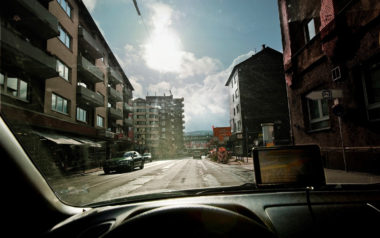

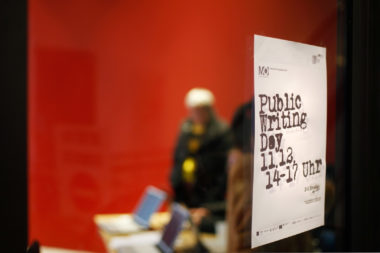
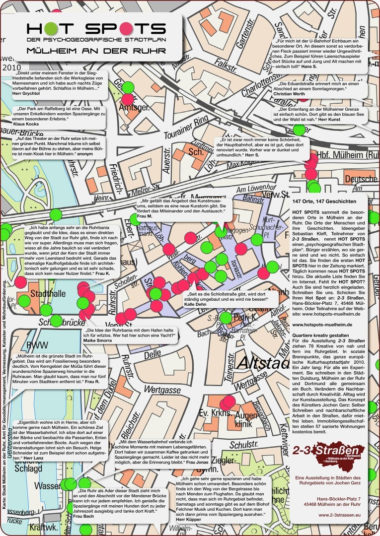


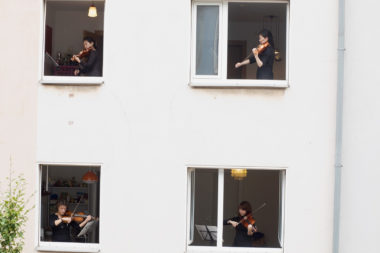


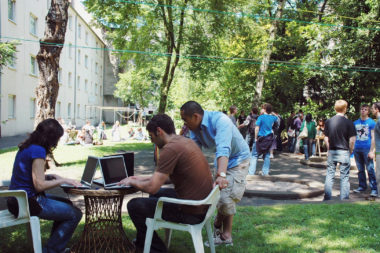


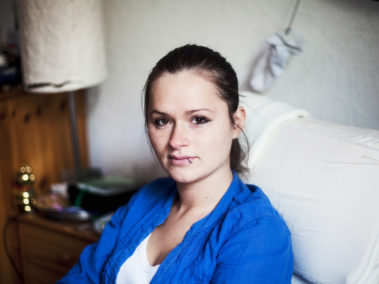

… durable framework for the invisible social stage on which all are welcome.
Hermann Pfütze 2011.
The project was not calling for new capital investment, or more social welfare, or new revitalizing creative industries. It was a pragmatic act of cultural labour, reorienting the social as it had become inscribed into an economy that increasingly dissolved the cultural dimension of the social.
Jonathan Vickery 2011
Society is in motion... The question of how a certain present can be conceived in motion, of how one’s own position can be determined in the constantly changing contexts, is a question of contemporaneity.
Guido Meincke / Maike Rellecke 2011. Translated by e_CR editors
In this way, a document was created which illustrates the simultaneity and polyphony of reality more radically and immediately than all previous attempts of experimental literature ever did.
Ralf Georg Czapla 2011. Translated by e_CR editors
... 2-3 Streets is a real-time experiment, not only an art experience… The benefits for the cities and the housing estates is not a measurable yield, but that which developed out of 2-3 Streets socially and unpredictably... Democracy certainly is the fundamental condition: in dictatorships, theocracies or totalitarian systems 2-3 Streets would never be possible. It is in fact a democracy from within, not merely the external right to vote or the determination of a majority… Gerz is mainly interested in and dedicated to a society, in which art – ideally – dissolves...
Hermann Pfütze 2011. Translated by e_CR editors
Categories
Keywords
Public authorship / Work in public space
Dortmund, Duisburg, Mülheim an der Ruhr, Germany
One year of real time in a street in Dortmund, Duisburg and Mülheim an der Ruhr, online text chronicle, publication
2-3 Streets is an exhibition of streets that have no noteworthy sites to offer or events to commemorate, streets that could be found practically anywhere. As a manifestation of the Ruhr.2010 European Capital of Culture, three streets in Duisburg, Dortmund and Mülheim an der Ruhr are open to the public as an art exhibition from January 1 to December 31, 2010. The aim of the exhibition is to change these streets.
Participants are new renters who live on these streets alongside the old residents. More than 1,400 creatives from 30 countries responded to ads for renovated, rent free flats published in real estate publications, daily newspapers and cultural magazines. The rent exemption is offered to participants as basic income for one year. The cities have offered 58 flats, and some 78 candidates have occupied them as participants in the project. They continue their private and professional lives while contributing to the exhibition by writing a book together. Thanks to the Internet this book provides a forum for contributions from new and old residents as well as visitors of the exhibition. Many other creative initiatives are realised in the streets.
Everything that happens on the streets during the exhibition is an expression of aesthetics and society. Everyday life becomes art. Thus it is not easy for locals or art connoisseurs to identify the work as art, even when they come in contact with it and search for it. They become part of it without noticing.
The collaborative text by 887 authors in 16 languages is a chronicle of the exhibition in real time. On 3000 pages it records the events, feelings and thoughts, be they inner or public, far or near, experienced or imagined by participants, regardless of the underlying rationale. What emerges as a production, is society.
At the end of 2-3 Streets participants decided in early 2011 to regroup in Dortmund in order to pursue their life and work in one of the three streets. 2-3 Streets was renamed Borsig 11 and continues since then.
Participants
78 new renters in 58 flats in three streets of Duisburg, Dortmund and Mülheim an der Ruhr
Partners
Europäische Kulturhauptstadt Ruhr. 2010, Stadt Duisburg, Stadt Dortmund, Stadt Mühlheim an der Ruhr, Projektbüro
Realisation
Dortmund, Duisburg, Mülheim an der Ruhr, 2008-2010
Bibliography
I: Liechtenstein 2007. Köln 2011 a. Köln 2011 b. Frankfurt/New York 2016, Ivry-sur-Seine 2017
II: Ed. 9, 2008. Ed. 10, 2008. Ed. 11, 2008. Ed. 12, 2008. Ed. 13, 2008. Ed. 14, 2008. Ed. 15, 2008. Hoch 2008. Mack 2008. Ed. 25, 2009. Ed. 26, 2009. Ed. 27, 2009. Ed. 28, 2009. Ed. 29, 2009. Ed. 30, 2009. Ed. 31, 2009. Ed. 32, 2009. Ed. 33, 2009. Ed. 34, 2009. Ed. 35, 2009. Ed. 36, 2009. Ed. 37, 2009. Ed. 38, 2009. Albach, 2009. Boch 1, 2009. Boch 2, 2009. Esser 2009. Goebel 1, 2009. Goebel 2, 2009. Helmbold 2009. Horstmeier 1, 2009. Horstmeier 2, 2009. Kohler 2009. Lorscheider 2009. Platzeck 2009. Putz 2009. Schumacher 2009. Siepman 2009. Tost 2009. Westen 2009. Zill 2009. Elsing 2010. Maier 2010. Polzer 2010. Ed. 1, 2011, Ed. 2, 2011, Ed. 4, 2011, Ed. 5, 2011, Ed. 6, 2011, Baer-Bogenschütz 2011. Bornemisza 2011. Bowinkelmann 2011. Brams 2011. Dési 2011. Dunne 2011. Fuss 2011. Pfütze 2011. Vasseur 2011. Hohlfeldt 2012. Appelt 2021. Ed 2021. Giese 2024.
III: Guttmann 2008. Lozano-Hemmer 2008. Kohler 2009. Schumacher 2010. Schurian 2010. von Gehlen 2010. Hiedels 2011. Hübl 2012. Lévy 2012. Schütz 2013 IV: Baden-Baden 2009. Köln 2009. Mainz 2010. Avignon 2011. Köln 2011a. Köln 2011b V: Hollstein 2011. Kirchberg 2011. Meincke 2011. Wettengl 2011. Pfütze 2012. Schmid 2012.
IV: Doherty 2015. Nuremberg 2018
V: Pfütze 2016. Vickery 2013. Vickery 2018. Gieser 2022, p. 411
VI: Düsseldorf 2011